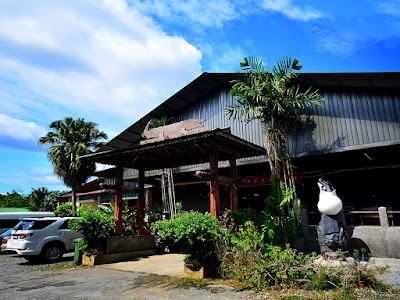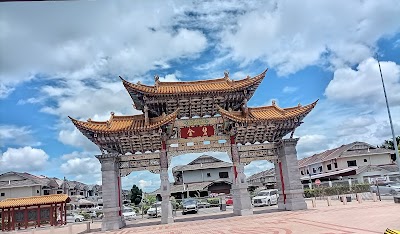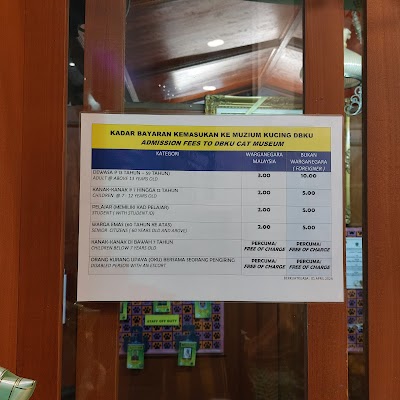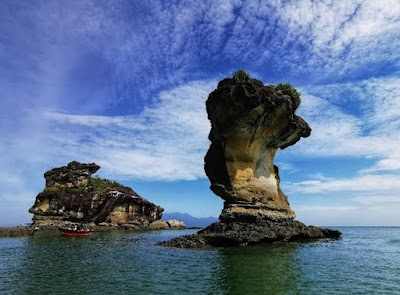Sarawak State Museum (Muzium Negeri Sarawak)
Overview
The Sarawak State Museum is a cultural gem nestled in Kuching, the capital city of Sarawak, Malaysia. Founded in 1888 and officially opened to the public in 1891, this iconic establishment is recognized as one of the oldest museums in Borneo and is often celebrated as the finest in Southeast Asia.
Charles Brooke, the Second White Rajah of Sarawak, played a pivotal role in the museum's inception, driven by a vision to preserve the region's culture, history, and natural heritage. To turn this dream into reality, he enlisted the expertise of Alfred Russel Wallace, a distinguished British naturalist, who designed a building that harmoniously blended Victorian architecture with traditional local motifs, creating a structure that was both functional and visually captivating.
The museum’s construction was overseen by James Brooke Ospreay, a government engineer and Charles's half-nephew. Local resources were prioritized in the building process, with durable timber such as belian—renowned for its termite resistance—being utilized. Clay tiles were chosen for the roof to help maintain a cool environment in Sarawak's tropical climate.
Inside, the museum was designed to highlight the unique aspects of Sarawak. The ground floor originally showcased natural history exhibits, presenting the region's flora, fauna, and geological samples. In contrast, the first floor focused on the rich cultural heritage of Sarawak's diverse ethnic groups, including the Iban, Bidayuh, and Orang Ulu. Visitors could explore traditional weapons, costumes, and everyday household items, offering a glimpse into the lifestyles of these communities.
Over the years, the museum has seen several renovations and expansions to accommodate a growing collection of artifacts and exhibitions. Notably, in 1974, the Tun Abdul Razak Hall was added, providing additional exhibition space and facilities for educational programs and research. The museum also hosts temporary exhibits that showcase contemporary art and international cultural artifacts, further enriching its offerings.
The Sarawak State Museum serves as a vital hub for education and research. Its library houses rare books, manuscripts, and research papers that are invaluable for scholars. The museum collaborates with various universities and research institutions to study Sarawak’s natural and cultural heritage, fostering a deeper understanding of the region.
The museum grounds are beautifully landscaped, featuring native plants and a serene pond, making it a tranquil spot for visitors to unwind. Statues and sculptures that reflect Sarawak's heritage are thoughtfully placed throughout the garden, enhancing the outdoor experience.
Guests frequently remark on the enchanting atmosphere, describing it as a journey back in time. The combination of Victorian-style architecture and authentic indigenous artifacts creates a unique environment that is both educational and visually impressive. Visitors can explore Sarawak's history, from its prehistoric roots to contemporary developments, offering a comprehensive view of the region's evolution.
In recent years, the museum has embraced digital technologies to elevate visitor experiences. Interactive displays, audio guides, and augmented reality apps make the exhibits more engaging, particularly for younger audiences. These advancements allow for a richer understanding and appreciation of Sarawak’s diverse heritage.
The museum is more than just a repository of artifacts; it is an active institution that engages with the community. Regular events, such as cultural festivals, workshops, and educational programs, are organized to promote awareness and appreciation of Sarawak’s rich heritage.
Today, the Sarawak State Museum stands as a testament to Sarawak's commitment to preserving its cultural and natural heritage. It serves as a beacon of knowledge and a source of pride for the people of Sarawak and Malaysia, inviting visitors to explore and celebrate its unique legacy.









